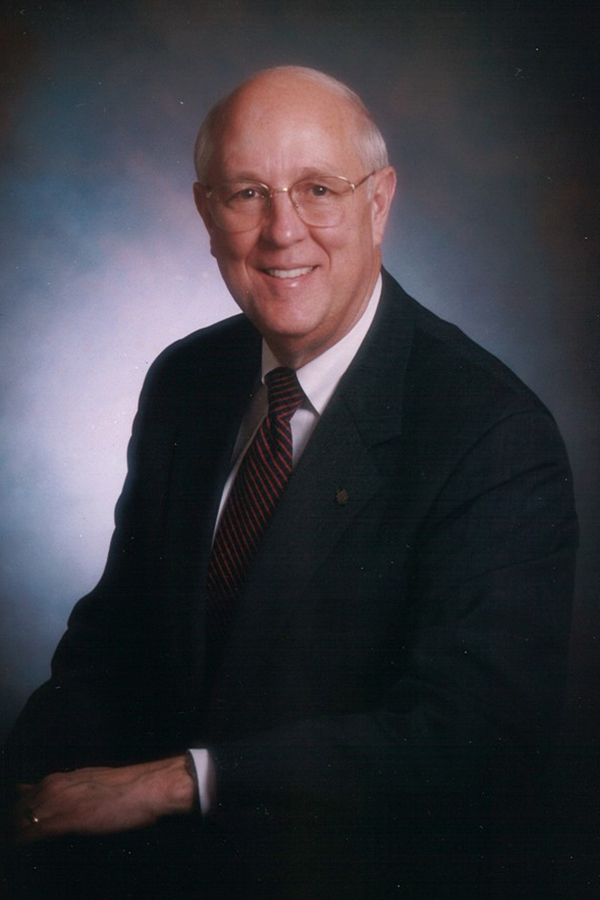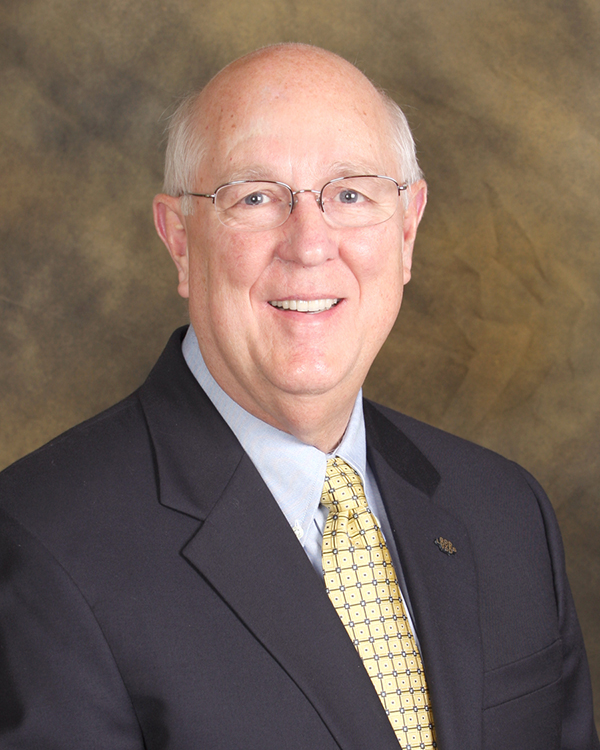For three generations, it had been a wonderful country church. Pictures hanging in the hallway showed the old white frame building with scores of people crowded around the front door. But time took its toll. Bigger farms and fewer jobs meant fewer people in the community and in the church.
Being small in numbers was not a problem. All the families knew each other. It seemed everybody knew everybody else’s family history. It was a strong fellowship, and most of the members liked it that way.
That is why the older members were restless about what was going on in the church. A few new families had joined. Others were visiting. The new folks lived in what used to be a pasture. Now it was a subdivision between the church building and the closest town. At first the church welcomed the new people. It was not long before they became wary of them. New ideas, new ways of doing things, little respect or knowledge for the way things had always been at the church — these and other issues began creating rifts in the church.
Wherever the longtime members gathered, a common refrain could soon be heard — “things are not like they used to be.” No matter who said it, others would join the lament. For some, the changes became a grief experience. Their church was “not like it use to be,” and that sent them into depression.
For others, the grief of things “not being like they used to be” turned to anger. “Who did these new people think they were, taking parking places used by old-time families for decades?” some asked. And they even sat in their pews! Complaints intensified when new members asked about the informal way decisions of the church seemed to be made by two or three people outside of business meetings.
When a new member recommended changes to the children’s Sunday School teacher who had been serving in that department for the past 41 years, feelings boiled over. Some were willing to fight. They said the new members either had to be satisfied with the way things were done at this church or they had to go. If it took a fight to keep their church like it had always been, then a fight it would be. It was a confusing time. Many asked, “Should we fight? Should we accept the changes? What should we do?”
Confusion became paralysis. One thing was sure — the church “was not like it used to be,” and no one knew how to adjust or how to handle it.
A few of the longtime members were willing to consider changes suggested by the families coming from the new subdivision. One suggestion was a prefabricated building for a recreation center. The closest gym was several miles away at the consolidated country school. A recreation center, reasoned the new families, would be a drawing card for the church.
It sounded good to some, but for the cost. It had been 30 years since the church built those new Sunday School rooms and the kitchen. The folks had saved a long time for that. These people wanted to go into debt and build the new rec center now. “Could the church do that?” they asked themselves. “What if the people did not come? How would the building be paid for?”
The thought of a building debt filled the long- time members with anxiety. The church would not be like it used to be, and the members did not know if the church could make it.
The wonderful country church had a wonderful past indeed. But now, as members tried to hold on to it, they found themselves depressed, confused and anxious about the future.
The story is fictional, but the dynamics are real. When the future is not like the past, one can lament to the point of depression. When the future is not like the past, one can become so confused as to be paralyzed in inactivity. When the present is not the past, one can doubt the ability to survive in the new reality.
The dynamics happen to churches like the ficitonal country church in the story. They happen to individuals facing the changes of human experience. Who has not undergone lament, confusion and anxiety while enduring changes in finances, health, profession, relationships, death and more?
The past is important. For most people, the past helps define who they are, what they are about and where they fit in. Even with its drawbacks, most people choose to “live with the devils they know rather than risk the devils of the unknown.”
But, when one holds on to the past so tightly that it prevents hearing or seeing what God is doing in the present, the past becomes like a millstone around one’s neck. The past becomes a weight to be cast off.
In Isaiah 43:18-19, God declares, “Forget the former things; do not dwell on the past. See I am doing a new thing. Now it springs up. Do you not perceive it?”
In the verses above, the Lord promised His presence in the midst of changes facing His chosen people. Today the Christian has the promise of God’s presence, the power of His Spirit and the purpose of His commission. Much of this is confirmed from the past.
But God never said He was recreating the past. He said, “I am doing a new thing.” Memories of the way things used to be, one’s past with all its meaning, must not be a stumbling block to God’s activity in the present.




Share with others: